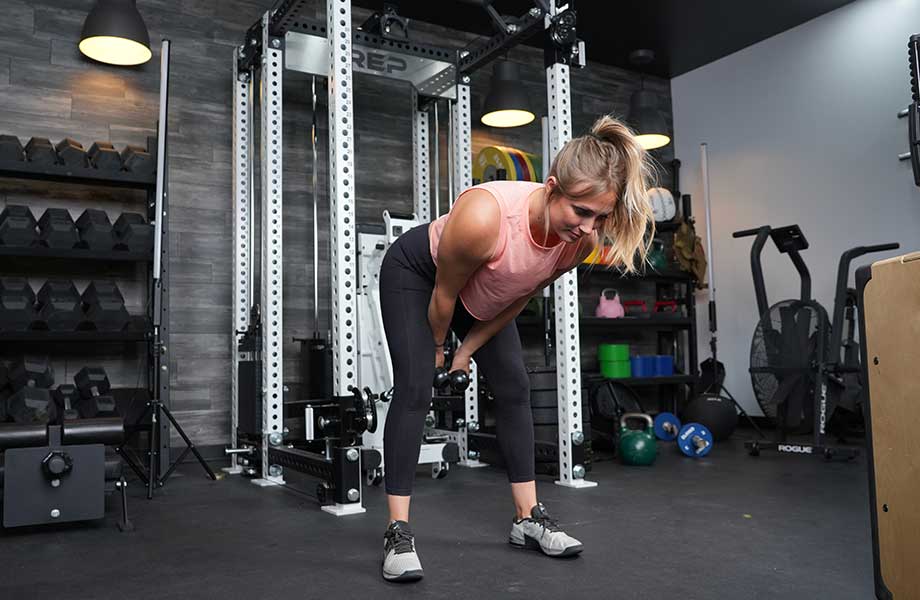We test and review fitness products based on an independent, multi-point methodology. If you use our links to purchase something, we may earn a commission. Read our disclosures.
There are particular exercises where it is important not to maintain eye contact with anyone because it reminds all of us of a particular thing. The cable pull-through exercise is one of those exercises.
The pull-through exercise is a pure hip hinge exercise. Having the resistance behind you helps you get into the hip hinge as it acts like a counterbalance to your upper body. The hip hinge movement is extremely vital because it’s a fundamental human movement that reduces the biggest pain of all: lower back pain. But that’s not the only benefit.
Here, we’ll get into all things pull-through so you can do cable pull-throughs for all your glute and hamstring pleasure.
RELATED: Glute Exercises at Home
How To Do the Cable Pull-Through Exercise
Note: This movement pattern can be performed with a resistance band if you can’t access a cable machine.
- Place a rope attachment on the cable machine’s lowest setting.
- Turn around so you’re facing away from the machine, then pick up and grip the rope handle between your legs with both wrists neutral.
- Take a few steps forward until you feel the tension in your hands and posterior muscles.
- Set your feet hip-width apart and push your hips back into a hinge until you feel a stretch in your hamstrings.
- Keep a neutral spine during this entire exercise.
- Hinge back to the standing starting position, squeezing your glutes at lockout.
- Reset and repeat for desired repetitions.
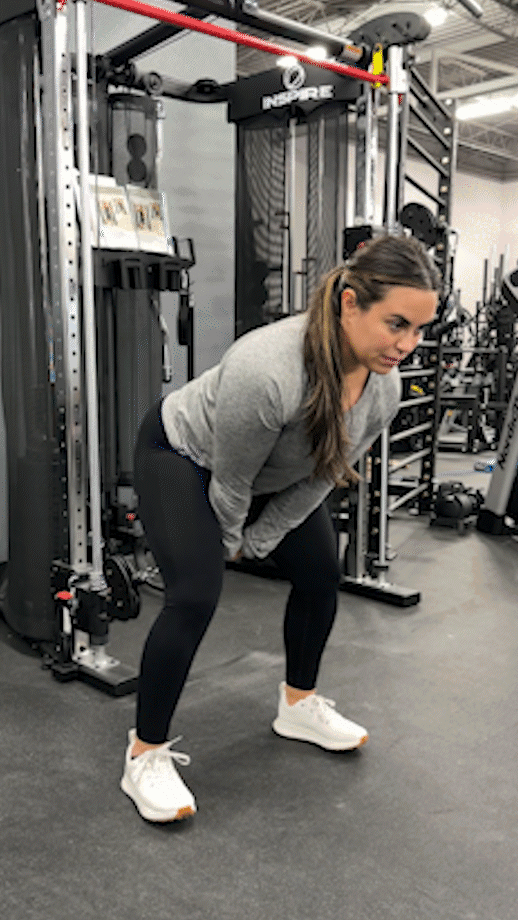
Trainer Tips for Form
The hip hinge movement differs from a squat because there is more hip flexion than knee flexion. The squat has knee and hip flexion, while the cable pull-through is mainly hip flexion. Always remember to flex from the hips, not the knees. Here are a few more personal trainer-approved tips below.
Take Your Set-Up Time
Placing the pin on the lowest cable pulley setting gives you a better line of pull to get into your hinge. Use your judgment on how far to walk forward, but it is usually enough when the weight stack separates.
Posture
Starting position is critical with the pull-through exercise. Ensure your feet are wide enough apart to pull the rope through, and get your shoulders down, chest up, and glutes engaged.
Can You Feel It
Pull-throughs are a great beginner exercise because the exerciser gets a better feel for what a hinge should feel like before progressing to more difficult hip hinge variations like deadlifts. The biggest tip is to feel the tension in your hips and hamstrings, not the lower back.
RELATED: Best Home Exercise Equipment for Beginners
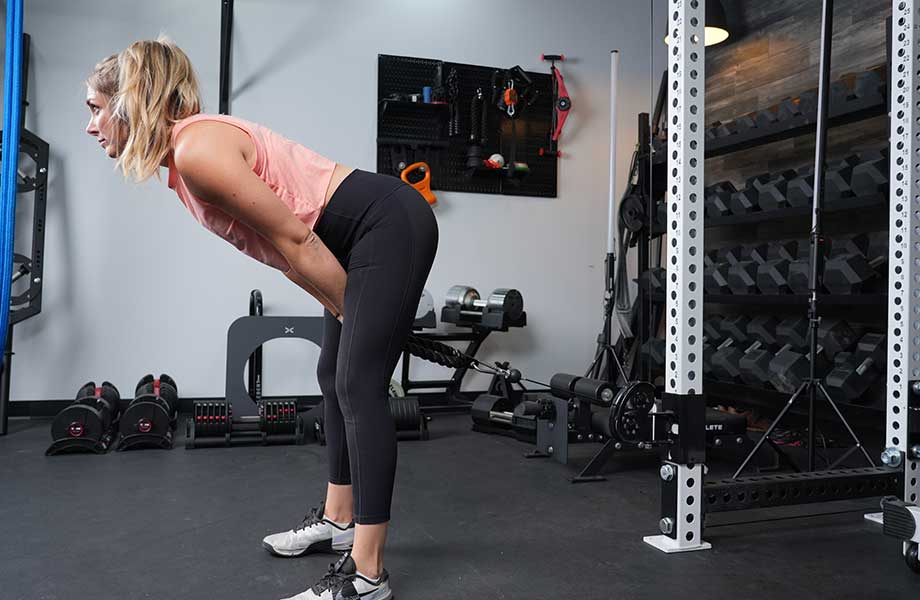
Squeeze the Glutes
After all, it is a glute activation exercise. At the end of the pull-through movement, thrust your hips forward and squeeze your glutes. Remember not to make eye contact with anyone else when you do it.
Pull-Through Benefits
The pull-through exercise with the weight behind you gives the exerciser a better feel for the hinge and helps build confidence to perform more complex movements like the deadlift. Here are some more vital benefits of the cable pull-through.
Improve Hip Hinge Technique
According to Dr. Allan Bacon, certified personal trainer and owner of Maui Athletics, the cable pull-through builds rock-solid form. “The cable pull-through reinforces the hip-hinge pattern, and it is a lower back-friendly way to hit the glutes and hamstrings. Reinforcing the hip hinge is extremely beneficial to help build the technical patterns for more advanced movements such as the RDL.” explains Bacon.
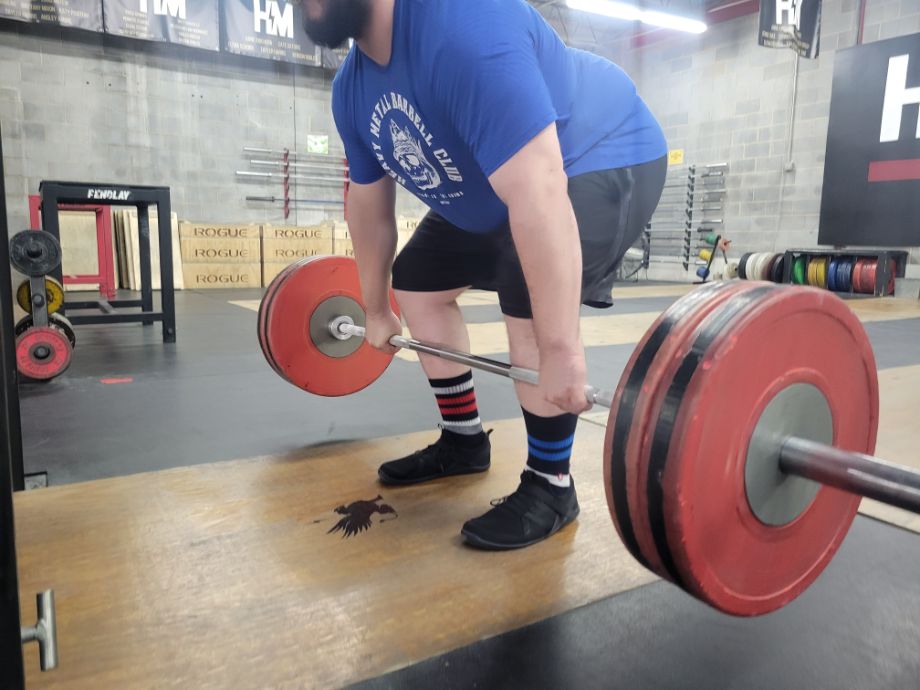
Glute and Hamstring Hypertrophy
The constant tension of the cable machine, in combination with an extensive range of motion, helps muscle growth in the glutes and hamstrings when performed with tempo and good form.
Lower Back Friendly
Unlike other hip hinge variations like the barbell and dumbbell deadlift, the pull-through doesn’t compress the spine because the resistance is behind you, not in front of you. So, if your lower back is an issue, this great exercise is the remedy.
Common Pull-Through Exercise Mistakes
The pull-through is not a technical exercise like a deadlift or kettlebell swing but requires paying attention to hip hinge form. Here are the most common pull-through mistakes stopping you from getting the most out of this exercise.
Improper Set-Up
Dr. Bacon sees lifters set up improperly often. “The biggest mistake most people make is not stepping forward adequately enough in the start position. If you don’t move forward, you lose tension as your hips travel back during the eccentric part of the movement,” he says.
Turning It Into a Squat
If you initiate the pull-through with the knees and not the hips, you are performing a squat and not a hinge. Ensure you push your butt back and feel the tension in your hamstrings, not your back.
Don’t Hurry
Good muscle-building will happen when you control the eccentric contraction with the pull-through and feel the tension and stretch in your hamstrings and glutes. If you don’t feel it, slow down so you can feel those posterior muscles working.
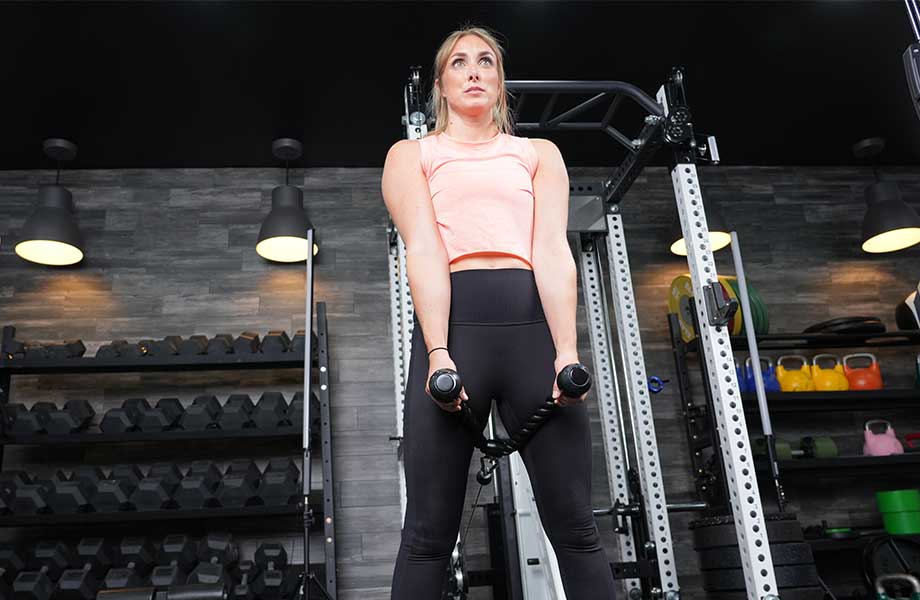
Pull-Through Exercise Alternatives
When you have mastered the cable pull-through, take these pull-through alternatives for a spin. Your glutes and hamstrings will be pleased.
RELATED: Deadlift Alternatives
Kettlebell Swing
Why do it: The kettlebell swing trains the glutes and hamstrings explosively while improving your cardio and grip strength.
RELATED: Best Kettlebells
How to do it:
- Stand with your feet wider than shoulder-width apart, toes pointed forward, with the kettlebell in front of your feet.
- Perform a hinge and grip the kettlebell with both hands.
- Squeeze your arms to your sides, get your chest up and shoulders down, and feel the tension in your hamstrings.
- Hike the kettlebell behind you like an American football snapper and thrust your hips forward, using this momentum to swing the kettlebell up in front of your chest.
- Finish the swing by squeezing your glutes and quads at the top, then repeat in a continuous loop for reps.
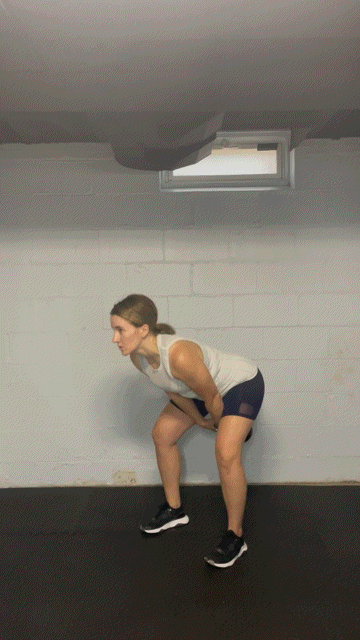
Barbell Hip Thrusts
Why do it: Barbell hip thrusts are as close to an isolation exercise for your glutes as there is, and this exercise allows you to train them hard and heavy.
How to do it:
- Sit with your upper back against the edge of a parallel weight bench.
- With padding across your pelvis, roll a barbell into your hip crease.
- Hold the barbell with both hands and lift your hips off the ground, leaning back onto the weight bench.
- Ensure your shoulder blades are on the weight bench, with your upper body and hips in a straight line. Lower your hips toward the ground with your knees at a 90-degree angle.
- When you have reached your desired depth, perform a hip extension and squeeze your glutes at the top.
- Reset and repeat for desired rep.
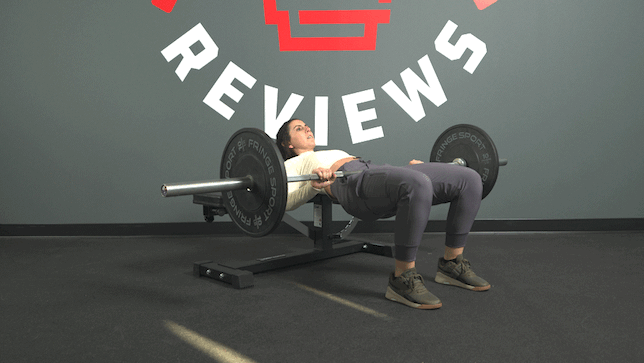
Romanian Deadlift
Why do it: Romanian deadlifts train similar muscle groups to the pull-through but with increased loading potential for better strength and muscle gains.
How to do it:
- Stand with your feet hip-distance apart and a barbell in a squat rack around upper thigh height.
- Then, grip the barbell overhand and walk backward a few steps.
- Keep your chest up and shoulders down, and hip hinge forward until the barbell is below your knees.
- Keep the barbell close to your body at all times.
- Then, use your hamstrings and glutes to pull yourself back up to the starting position.
- Reset and repeat for desired repetitions.
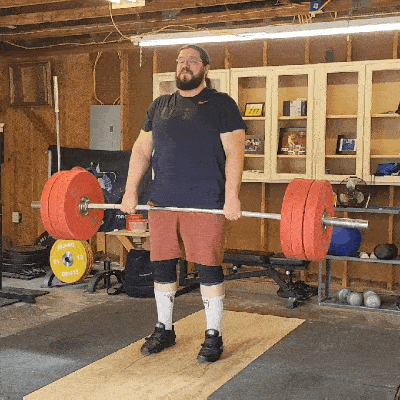
Pull Through Exercise: FAQs
What does pull-through exercise work?
The pull-through is a compound exercise that strengthens the posterior chain’s muscle groups, including the gluteus maximus, hamstrings, and lower back, as well as forearm muscles that assist in gripping.
What muscles do rope pull-throughs work?
The muscles the rope pull-through trains are similar to any pull-through variation, but gripping the rope increases your grip-strength demands of the muscle groups of the hands, fingers, and forearms.
What are the benefits of pull-throughs?
When the pull-through is performed with proper form, it will increase the size and strength of your glutes and hamstrings while being easy on the lower back and developing an excellent hip hinge technique.
What is an alternative for pull-through?
The kettlebell swing is a great alternative for the pull-through that trains similar muscles but with explosive power. The kettlebell swing will also improve grip strength and cardiovascular endurance.
Further reading

This Ghost Amino Review provides information on the real-life use and formulation of this popular amino acid and hydration supplement to see if it’s worth buying. Read more

We may not be Hans and Franz, but our back and bicep workout will most definitely pump you up! Check it out! Read more

OSO Barbell Collars, now manufactured by Rogue Fitness, are by and large the best barbell collars being made. The hold tight, are extremely durable, and look as good as they perform. We highly recommend any OSO Barbell Collar. Read more

There are particular exercises where it is important not to maintain eye contact with anyone because it reminds all of us of a particular thing. The cable pull-through exercise is one of those exercises. The pull-through exercise is a pure hip hinge exercise. Having the resistance behind you helps you get into the hip hinge as it acts like a counterbalance to your upper body. The hip hinge movement is extremely vital because it’s a fundamental human movement that reduces the biggest pain of all: lower back pain. » Read more about: How To Do the Cable Pull-Through Exercise: Benefits and Trainer Tips » Read more

